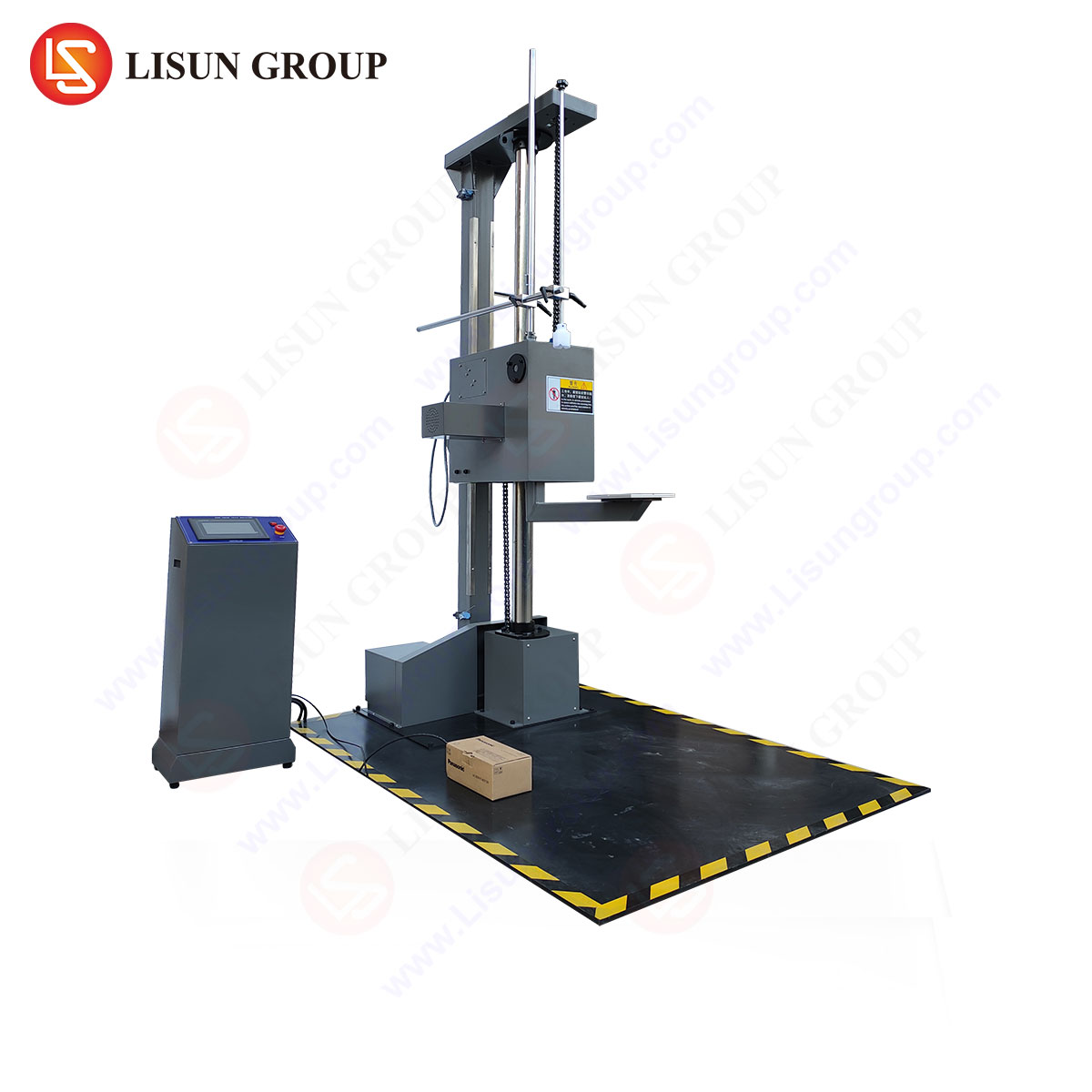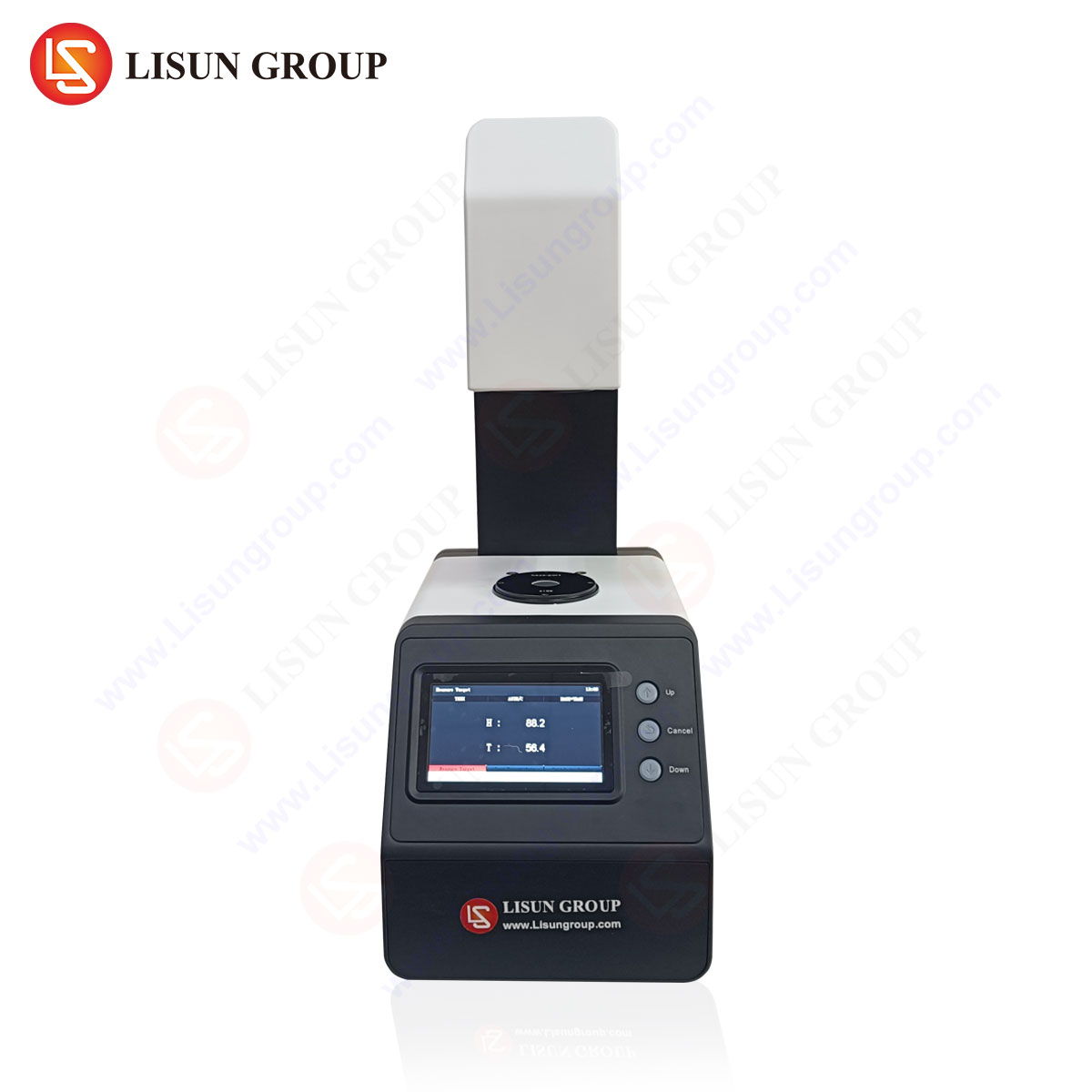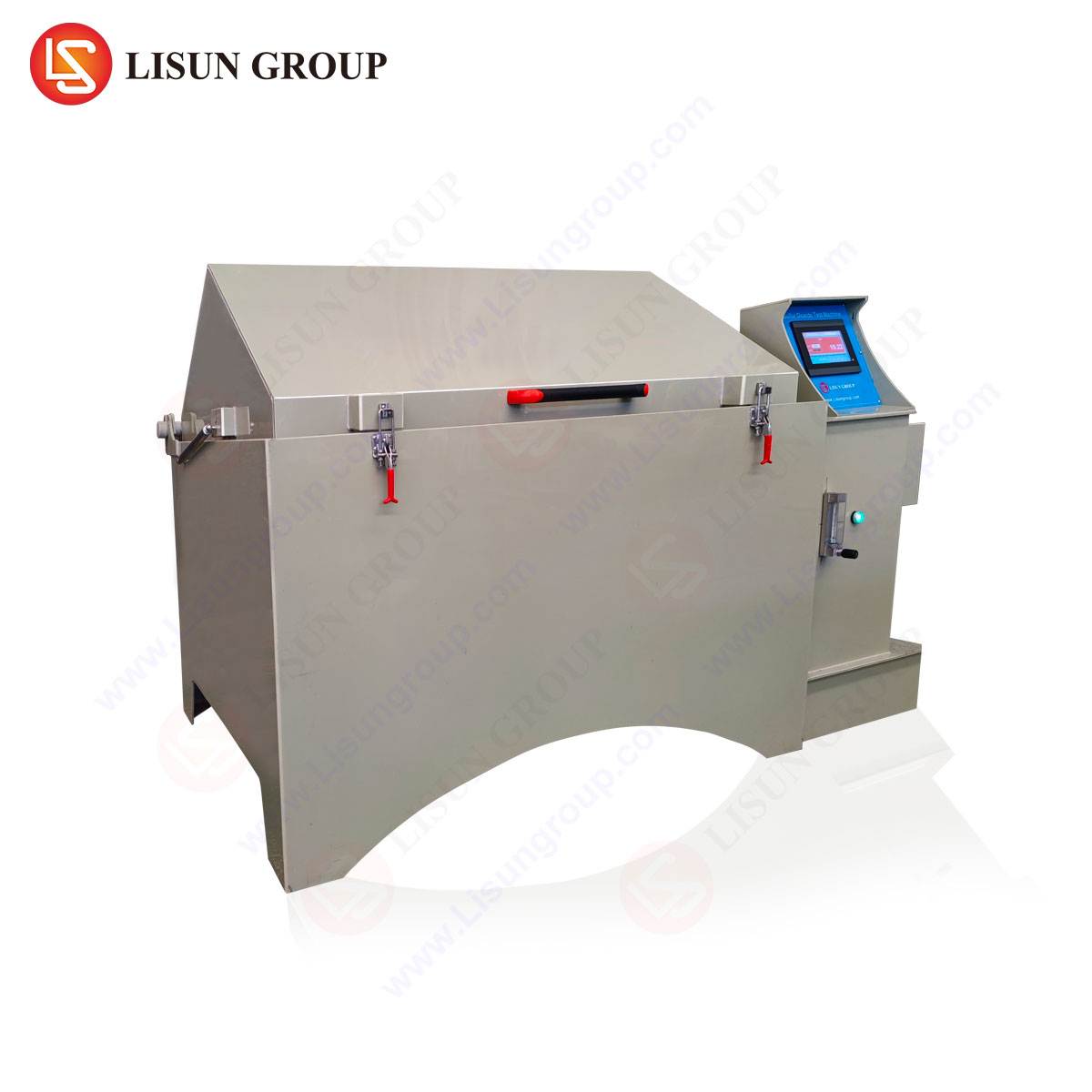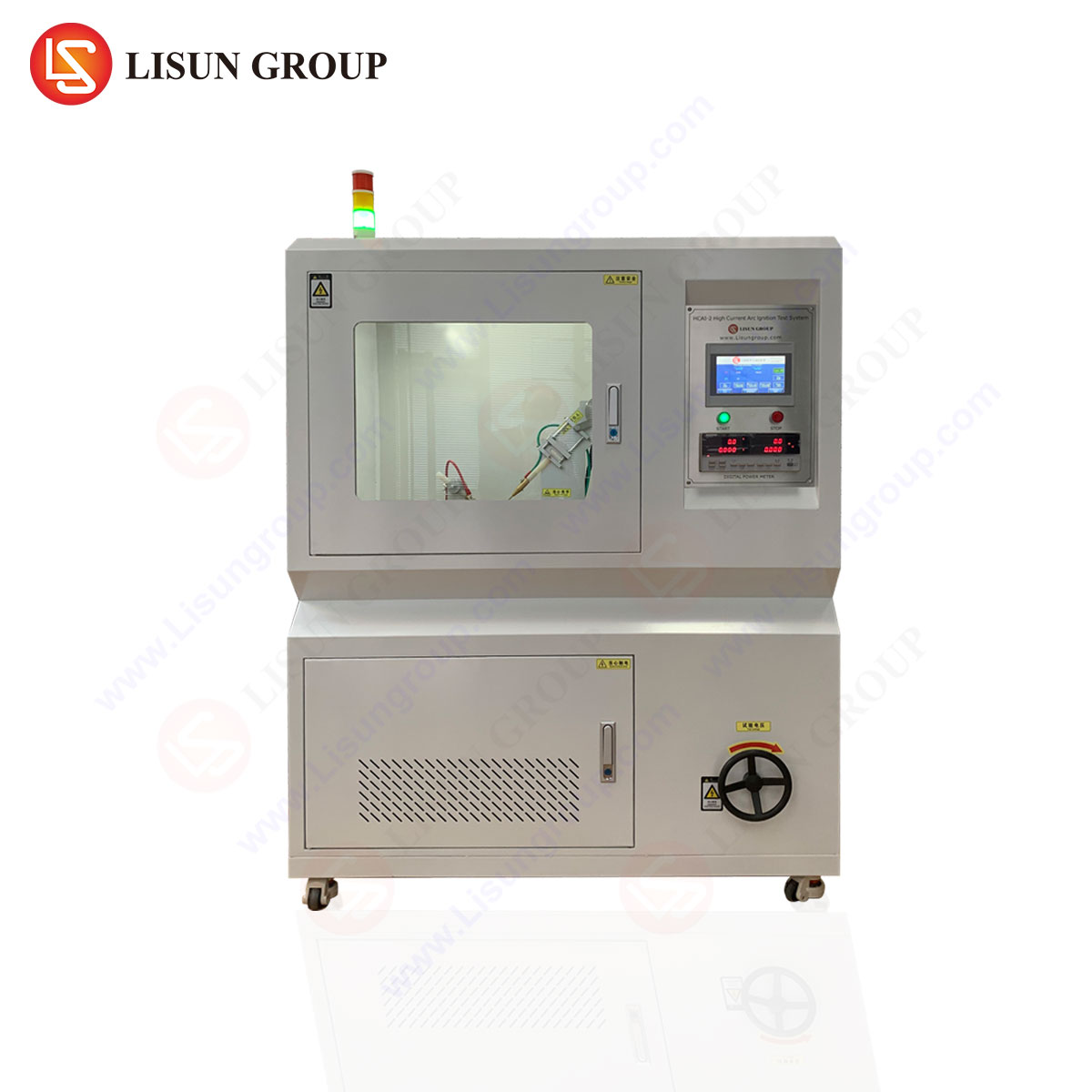Fundamental Principles of Material Ignition and Combustion
The propensity of a material to ignite and subsequently sustain combustion is a critical property evaluated across numerous industries to ensure product safety and regulatory compliance. Ignition, the initiation of self-sustained combustion, is a complex physicochemical process governed by a material’s response to an external heat source. This process is fundamentally described by the fire triangle, which posits that combustion requires the simultaneous presence of fuel (the vaporized material), an oxidizer (typically atmospheric oxygen), and a source of ignition energy. The behavior of a material once ignited—its burning rate, flame spread, heat release rate, and smoke production—defines its overall fire hazard.
Material ignitability is not an intrinsic property like density or color; rather, it is a behavioral characteristic heavily influenced by external factors such as heat flux intensity, environmental oxygen concentration, airflow, and geometry. The chemical structure of a polymer dictates its thermal decomposition pathway. Upon heating, materials undergo pyrolysis, a process of thermal degradation that produces volatile combustible gases, char, and inert residues. It is these volatiles, when mixed with oxygen within their flammable limits and exposed to a sufficient ignition source, that ignite to produce a flame. The ease of this process defines a material’s ignitability.
Evaluating Susceptibility to Incandescent Sources
In many real-world fire scenarios within electrical and electronic applications, the ignition source is not an open flame but a hot, glowing element. This can include overheating components such as resistors, faulty connections creating high resistance joints, overloaded motor windings, or malfunctioning heating elements within household appliances. These sources are characterized by their ability to transfer heat via conduction and radiation without an accompanying flame. Testing a material’s resistance to such sources is therefore paramount for applications in electrical enclosures, automotive electronics compartments, industrial control systems, and telecommunications equipment.
The simulation of these conditions requires a test apparatus capable of delivering a consistent and reproducible thermal insult from a glowing element. The test must accurately replicate the temperature, thermal energy, and physical contact parameters of potential fault conditions. This evaluation provides crucial data on a material’s ability to resist ignition when in close proximity to or in direct contact with overheated electrical parts, thereby preventing the initiation of a fire.
The Hot Wire Coil Test Methodology
The Hot Wire Coil Test is a standardized and internationally recognized methodology designed to assess the resistance of solid electrical insulating materials to ignition by a incandescent heat source. The test procedure, detailed in standards such as IEC 60695-2-20, UL 746A, and IEC 60950-1, involves wrapping a predetermined length of resistance wire (typically nickel-chromium) around a specimen of specific dimensions. A constant electrical current is passed through the wire, heating it to a standard temperature, usually 550°C, 650°C, 750°C, or 850°C, depending on the severity required by the end-product standard.
The specimen is exposed to the glowing wire for a fixed period, typically 30 seconds. The test outcomes are meticulously observed and recorded: whether ignition occurs, the duration of any flaming combustion, and whether burning droplets or particles that ignite a surgical cotton indicator placed below the specimen are produced. The results are used to assign a Glow-Wire Ignition Temperature (GWIT), the highest temperature at which the material does not ignite, and a Glow-Wire Flammability Index (GWFI), the highest temperature at which the material may ignite but self-extinguishes within 30 seconds after removal of the glow-wire and does not ignite surrounding packaging or drip flaming particles.
Introducing the LISUN RSY-LT Hot Wire Ignition Tester
The LISUN RSY-LT Hot Wire Ignition Tester is a precision-engineered apparatus designed to conduct glow-wire tests in full compliance with IEC 60695-2-10, IEC 60695-2-11, IEC 60695-2-12, IEC 60695-2-13, and related GB and UL standards. It serves as an essential instrument for quality control laboratories, research and development departments, and certification bodies involved in the safety assessment of materials and end-products.
The core principle of the RSY-LT involves the precise regulation of current through a standardized glow-wire, transforming it into a calibrated incandescent source. The specimen, mounted on a dedicated holder, is brought into contact with the tip of the glow-wire with a defined force of 1.0N ± 0.2N. The integrated microprocessor control system ensures exceptional stability of the test current, maintaining the glow-wire tip temperature within ± 10°C of the set value, a critical factor for repeatable and reliable results. The apparatus is constructed with a robust stainless steel frame and features a clear observation window, allowing for safe operation and accurate monitoring of the test sequence.
Key Specifications of the RSY-LT:
- Temperature Control Range: 50 ~ 1000°C continuously adjustable.
- Temperature Measurement: Type K (NiCr-NiAl) thermocouple, diameter 0.5mm.
- Heating Element: Standardized glow-wire, 4mm diameter Ni80/Cr20.
- Test Force: 1.0N ± 0.2N applied to the specimen.
- Timer Range: 0.1 ~ 999.9s (for ignition time); 0.1 ~ 99.9s (for flame duration).
- Power Supply: AC 220V / 50Hz or AC 120V / 60Hz.
Applications Across Critical Industries
The data generated by the RSY-LT Hot Wire Ignition Tester is integral to the material selection and safety certification process in a vast array of sectors where electrical and electronic components are present.
Electrical and Electronic Equipment & Components: This is the primary application domain. Manufacturers of switches, sockets, connectors, circuit breakers, and terminal blocks use the tester to verify that the insulating housings and structural parts will not ignite when subjected to overheating from internal faults. This prevents a component-level failure from escalating into a full-scale fire.
Household Appliances and Consumer Electronics: For products like washing machines, dishwashers, televisions, and gaming consoles, internal power supplies, motor controllers, and PCBs are potential hotspots. The appliance’s internal plastic enclosures, PCB substrates, and wire insulation must demonstrate high GWFI and GWIT ratings to achieve safety certifications from bodies like UL, CSA, and TÜV.
Automotive Electronics: The modern vehicle is a network of electronic control units (ECUs), sensors, and wiring harnesses. Located in engine bays and passenger compartments, these components are subject to extreme temperatures and potential electrical faults. Materials used must resist ignition from overheating to ensure passenger safety and vehicle integrity, making the RSY-LT a vital tool for automotive suppliers.
Telecommunications and Data Infrastructure: Network switches, routers, servers, and base station equipment operate 24/7 with significant power loads. The plastic used in chassis, racks, and internal components must have a proven resistance to ignition from glowing wire sources to protect critical infrastructure and prevent data loss.
Medical Devices and Aerospace Components: In these high-reliability fields, failure is not an option. Medical devices often interface directly with patients, and aerospace components are in confined, inaccessible spaces. The stringent material requirements in these industries mandate rigorous testing with equipment like the RSY-LT to guarantee the highest levels of fire safety and compliance with specific industry standards like DO-160 for aviation.
Technical Advantages of the RSY-LT System
The LISUN RSY-LT distinguishes itself through several key engineering features that enhance testing accuracy, operational safety, and user convenience. Its advanced constant current control system ensures unparalleled temperature stability at the glow-wire tip, a fundamental requirement for eliminating result variability caused by power fluctuations. The digital preheating function allows the operator to bring the wire to the exact test temperature before automated application to the specimen, ensuring the insult is consistent from the first moment of contact.
The apparatus incorporates comprehensive safety interlocks, including a transparent protective shield that must be closed before the test can initiate, safeguarding the operator from exposure to heat, flames, or fumes. The intuitive microcontroller interface simplifies operation, allowing for precise setting of test temperature, duration, and current, while automatically recording ignition times and flame durations with high accuracy. The robust mechanical design ensures long-term alignment and consistent application of the 1.0N force, further contributing to the reproducibility of test results across different operators and laboratories.
Interpretation of Test Data and Compliance
The outcome of a glow-wire test is not merely a pass/fail metric but a rich dataset informing material development and risk assessment. A high GWFI indicates a material that may ignite under severe thermal stress but will not propagate fire, a crucial property for contained components. A high GWIT indicates a material with a inherent resistance to ignition altogether. Engineers use this data to select the appropriate material grade for a specific application’s predicted thermal environment and required safety classification.
Compliance with international standards is not just a legal formality; it is a rigorous process of demonstrating due diligence in product safety. The RSY-LT provides the auditable evidence required to show that materials have been tested according to prescribed methodologies, forming a critical part of the technical construction file for products seeking CE, UL, or CCC marks. This process ultimately reduces liability, protects brand reputation, and, most importantly, ensures the safety of end-users.
Frequently Asked Questions (FAQ)
Q1: What is the fundamental difference between the GWFI and GWIT ratings obtained from this test?
The Glow-Wire Flammability Index (GWFI) is the highest temperature at which a material does not ignite or if it does ignite, the flames extinguish within 30 seconds after removal of the glow-wire and no part of the specimen ignites the surrounding surgical cotton. It is a measure of a material’s ability to not propagate fire. The Glow-Wire Ignition Temperature (GWIT) is a higher temperature, defined as the temperature 25°C (or 50°C in some standards) above the maximum test temperature at which the material does not ignite for at least three consecutive tests. It is a measure of a material’s inherent resistance to ignition.
Q2: For a new plastic material, how do I determine which test temperature to start with?
The starting point is typically dictated by the end-product standard applicable to the component being manufactured. For example, IEC 60335-1 for household appliances specifies test temperatures based on the type of component and its potential to cause a hazard. In the absence of a specific product standard, a preliminary test at a common severity level, such as 750°C, can be conducted. The temperature can then be adjusted upwards or downwards in subsequent tests to bracket the specific ignition temperature of the material.
Q3: Besides the temperature, what other factors can influence the test results?
Several factors are critical. The thickness of the specimen is standardized for a reason; thicker specimens act as a heat sink, potentially improving performance. The consistency of the applied 1.0N force ensures uniform thermal contact. Environmental conditions, particularly airflow in the laboratory, must be minimized as drafts can cool the test area and affect results. Finally, the preparation of the specimen, ensuring it is clean and free of internal stresses or mould release agents that could volatilize, is essential for consistency.
Q4: How often should the glow-wire and thermocouple be calibrated or replaced?
The glow-wire itself is a consumable item and should be replaced whenever visible deformation, oxidation, or pitting is observed, as this will alter its thermal characteristics and the geometry of the contact point. Regular calibration of the entire system, including the thermocouple and current regulation system, is recommended on an annual basis or as per the laboratory’s quality assurance protocol. This is typically done using a certified external thermometer to verify the temperature reading at the glow-wire tip at several setpoints.







